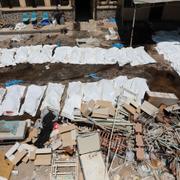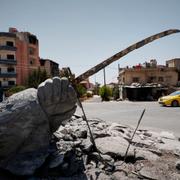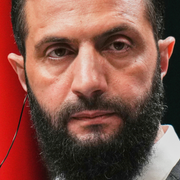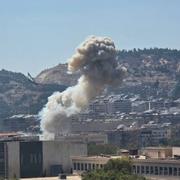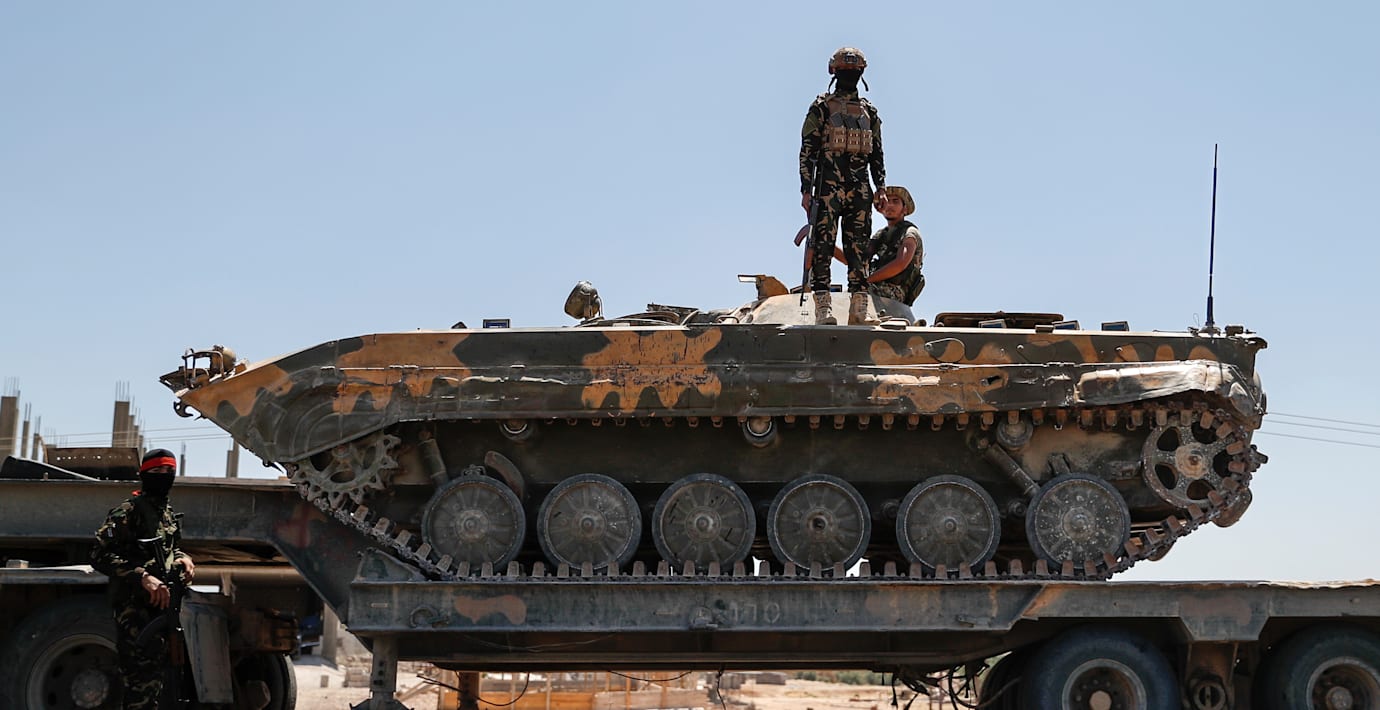
Syrien trodde att Israel och USA hade gett grönt ljus – blev attackerade
Syriska regeringsstyrkor trodde att de hade grönt ljus från USA och Israel för att gå in och stävja striderna i Sweida, uppger flera källor för Reuters. Men dagar senare attackerade Israel Damaskus.
Regeringsstyrkorna har anklagats för att döda civila druser i den södra staden, vilket föranledde Israels flygräder. Trots att Israel i flera månader varnat Syrien för att skicka soldater till Sweida hade man tolkat andra uppgifter tvärtom, bland annat från USA:s sändebud Thomas Barrack. Han hade uppmanat styret i Damaskus att centralisera makten och leda Syrien som ”ett land” utan autonoma zoner för minoritetsbefolkningar – vilket man såg som ett godkännande för en militär intervention, uppger källor.
Förra veckan höll Syrien och Israel samtal i Baku, efter det trodde Syrien att även Israel hade gett sitt godkännande att få Sweida under regeringens styre. Efter att ha mäklat en fred mellan aktörerna sa USA:s utrikesminister att striderna berodde på ett ”missförstånd” mellan Israel och Syrien.
Striderna i Sweida – detta har hänt
Strider mellan druser och beduiner bröt ut i Sweida i södra Syrien i mitten av juli, vilket ledde till hundratals döda.
Syriska regeringsstyrkor gick in i Sweida för att stävja våldet, men anklagades för att ha dödat civila druser och drog sig senare tillbaka.
Israel genomförde flyganfall mot syriska mål i Sweida och Damaskus, med hänvisning till skydd av den drusiska minoriteten.
Vapenvilor slöts flera gånger mellan parterna, men bröts snabbt och nya attacker rapporterades, särskilt mot beduinsamhällen.
Dödssiffran har stigit till över 600 enligt Syrian Observatory for Human Rights, och interimsstyret i Syrien anklagar druserna för nya våldsdåd efter vapenvilan.
